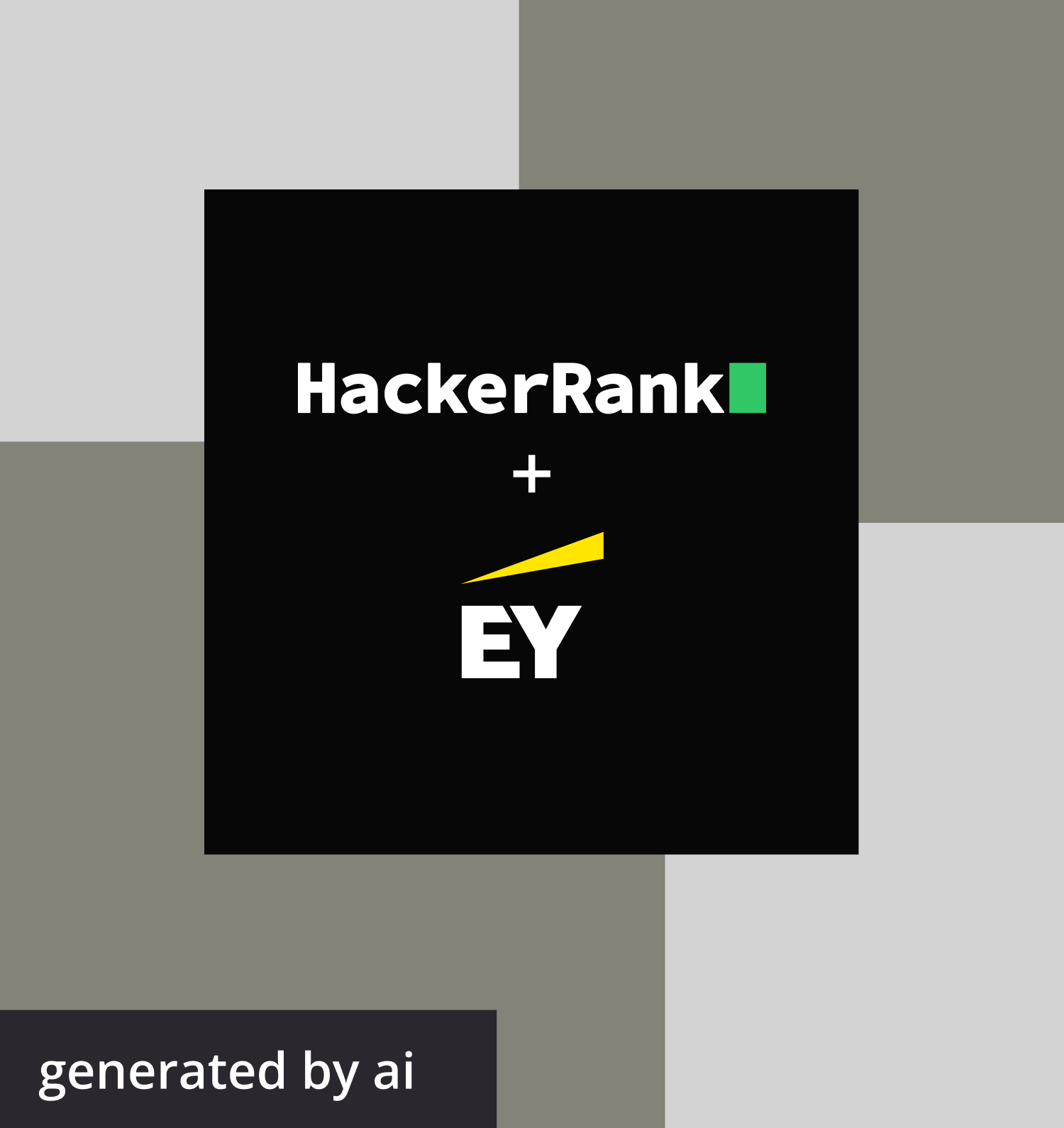
With decades of robust partnerships, technological innovations, and bold marketing strategies, PayPal continues to remain at the helm of fintech and growing at an enormous pace (PayPal’s profits tripled in the fourth quarter of last year).
Our Director of Marketing APAC, Aadil Bandukwala, and Co-Founder & CEO, Vivek Ravisankar, caught up with PayPal’s VP of Customer Success Platform and GM, Guru Bhat, to chat about PayPal’s gigantic boom over the pandemic, their stance on remote work, and their goals for the foreseeable future.
Watch the full video below, or read on for some highlights from the discussion.
1. One compelling reason why developers should join PayPal
If you’re a developer mulling over the idea of entering the fintech space, the fact that you’ll have the ability to work on products that impact millions of people every day, possibly billions of people sometime soon, should be a huge motivator.
Almost every company is a fintech company these days. But instead of viewing it as a competition, Bhat believes the better this ecosystem is able to work together, the more beneficial it is for PayPal’s consumers.
PayPal truly stands out among these players because they were the first movers. They were the original digital payments company and the data that they’ve collected over the years and hold sacrosanct has helped them grow tremendously.
Another reason is their ability to influence both buyers and sellers—a network of people who can benefit from each other. They also have a large breadth of offerings: straight-through processing with Braintree, social payments with Venmo, and international transfers with Xoom.
2. The conversation about remote work is never-ending
There’s going to be a lasting impact of the pandemic in the way we look at work, offices, commuting, what we see as great quality of life, and more, so it’s an evolving discussion within PayPal.
There are employees who thrive in situations where they interact with people face-to-face, but for a lot of people, the remote setting has helped them uncover new and better ways to live their lives.
While there’s generally a positive sentiment around remote work, there’s no denying that there’s a conspicuous sense of disconnect. At PayPal, they’re sensitive to the different needs of people at different times in their life. They’re asking questions like, how many people will work from home permanently and how many will transition to the office? What challenges will the new setting bring?

PayPal has always been flexible in allowing their employees to work from home because they understand best where and how they’re most comfortable and productive. Bhat believes there is no one-size-fits-all solution and he will operate in a similar manner even post-pandemic.
3. PayPal has two ambitious experience design goals
"Right now, the primary vehicle of friction and also alertness is the OTP mechanism because it provides a sense of safety, but by no means is it foolproof. It causes a lot of drop-offs in transactions," says Bhat.
For example, there might be network congestion somewhere while the user is attempting to complete their OTP process. The next thing you know, they get distracted and drop the transaction. So introducing friction is concerning because it interferes with converting a potential buyer into an actual one.
In the US, when you hail an Uber, you simply ride it to your destination and exit the car. There is no explicit payment experience at any point in this journey. It happens with very little user intervention. This is exactly what PayPal hopes to achieve in the future.
These are two goals that PayPal would like to achieve in all their markets: Establish trust in the underlying system to minimize friction and have the payment experience seamlessly recede into the background so that the focus remains on what the person needs or wants to buy rather than on the payment mechanism.


